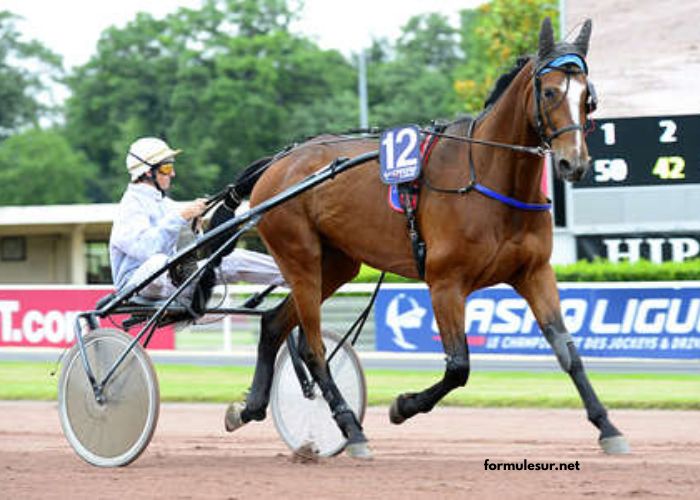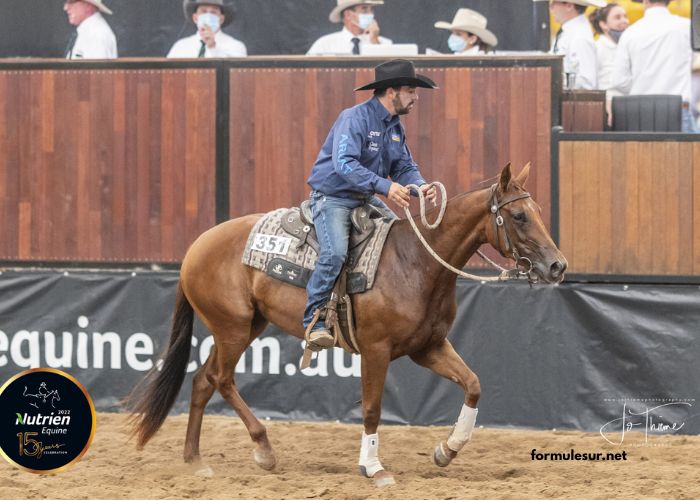In horse racing, understanding subtle performance differences can give bettors an edge. Ecart 10 12 measures the time or distance gap between horses finishing in the 10th and 12th positions in a race, providing valuable data for analysis.
This metric helps bettors gauge the competitiveness of the field beyond the top finishers. By focusing on Ecart 10 12, punters can better interpret race dynamics and make more informed betting choices.
The insight gained from analyzing Ecart 10 12 allows for a deeper understanding of horses’ consistency and performance patterns. This nuanced view is essential for those aiming to improve their horse race betting strategies.
What Is Ecart 10 12 And Why Is It Important In Horse Racing?
Ecart 10 12 refers to the gap—measured in seconds or lengths—between the horses that finish 10th and 12th in a race. This measurement reveals how close the mid-pack finishers were in terms of race time.
Tracking Ecart 10 12 is crucial because it highlights the level of competition within the field beyond just the winners. A small Ecart 10 12 suggests a tightly contested race among mid-level finishers.
Bettors who pay attention to Ecart 10 12 can detect patterns in performance that may not be obvious from just looking at the winners or the top three horses. This deeper insight can influence betting decisions.
Understanding this gap helps in evaluating the strength and depth of the race field, which is essential for assessing the overall competitiveness and potential future outcomes.
How Can Bettors Use Ecart 10 12 To Improve Predictions?
By analyzing the Ecart 10 12, bettors can estimate the consistency of the horses finishing in the mid-range spots. A narrow gap suggests that many horses are performing at similar levels.
This knowledge allows bettors to identify races where the competition is fierce throughout the field, indicating that even horses not finishing at the top may have strong potential in upcoming races.
Bettors can use Ecart 10 12 to spot races where the mid-pack finishers are close together, signaling a balanced field where small factors might influence the final results.
Such information can guide bettors in selecting horses that might improve their performance or benefit from minor race condition changes, making Ecart 10 12 a vital part of race analysis.
What Factors Influence Ecart 10 12 Values In Races?
Various elements affect the Ecart 10 12 measurement, including track conditions, race distance, and the quality of horses participating. Wet or uneven tracks can widen the gap as some horses struggle more than others.
Longer races often produce larger Ecart 10 12 values due to endurance differences, whereas shorter sprints may show tighter gaps as horses exert maximum effort throughout.
The jockey’s tactics and horse fitness levels also influence how close the mid-field finishers end up. Well-matched horses tend to produce smaller Ecart 10 12 margins.
Additionally, the level of competition plays a role; races with highly competitive fields tend to have a smaller Ecart 10 12, reflecting intense contests among many participants.
How Does Ecart 10 12 Affect Betting Strategies?
Incorporating Ecart 10 12 into betting strategies allows punters to move beyond focusing solely on favorites or top finishers, broadening their scope to identify value bets in the mid-pack.
Races with a small Ecart 10 12 may indicate unpredictable outcomes, encouraging bettors to consider horses finishing outside the top ranks as potential candidates for placing or show bets.
Conversely, large Ecart 10 12 values can signal a clear performance drop-off after the top finishers, guiding bettors to concentrate their wagers on front-runners with higher winning probabilities.
By factoring Ecart 10 12 into their analysis, bettors can adjust stakes and bet types dynamically, aligning their risk tolerance with the competitiveness indicated by this metric.
Can Ecart 10 12 Help Identify Emerging Horses?
Yes, Ecart 10 12 can reveal horses that are improving even if they don’t finish near the top. A narrow gap between 10th and 12th suggests a cluster of horses with similar abilities.
Emerging horses within a tight Ecart 10 12 cluster may have untapped potential that can be capitalized on by informed bettors looking for rising stars before they break through to top positions.
Monitoring how Ecart 10 12 changes over multiple races allows bettors to track form trends, identifying horses that are closing the performance gap, signaling readiness for better results.
This metric thus serves as an early indicator of competitive progress, enabling strategic bets on horses before their improvement becomes evident in finishing positions.
How Can Data Analytics Enhance The Use Of Ecart 10 12?
Modern data analytics can process vast amounts of race data, including Ecart 10 12, to uncover patterns that human analysis might miss. Algorithms evaluate multiple races to identify trends.
With analytics, bettors gain predictive insights on which races are likely to have narrow or wide Ecart 10 12 gaps based on historical conditions, helping them tailor their betting plans accordingly.
Analytics tools can also cross-reference Ecart 10 12 with other performance metrics such as speed figures and jockey stats to produce comprehensive profiles of race competitiveness.
This integration of data helps bettors use Ecart 10 12 not just as a standalone figure but as part of a multi-factor approach, increasing the accuracy and confidence of their bets.
Conclusion
Ecart 10 12 is a valuable yet often overlooked metric in horse racing that sheds light on the competitiveness of mid-field finishers. By understanding and applying Ecart 10 12 in race analysis, bettors can enhance their predictions and identify promising horses beyond the top finishers.
This metric, combined with careful study of race conditions and modern data analytics, offers bettors a powerful tool for refining their betting strategies and achieving greater success in the dynamic world of horse racing.





